Private Label Brand Consulting
Trends are ever-evolving, and so is consumer behaviour. In the growing age of the digital marketing space, private retailers need to focus on their brand strategy to boost their sales. But the traditional view that is being carried out in the market till now is that most of the customers are quality driven. This has given a great reliance to the private label brands, which have mostly a product-driven approach. With the growing advancement in technology and the market pushing towards digital marketing, customers’ reliance on product quality is declining day by day. This has again shifted the attention of the consumers to the private brands where the approach is product and cost-driven.
The private label brand creates a win-win situation by creating cost leadership. This kind of market has a wide variety of options and focuses on the main root of the market: the bargaining option provided in private retailing easily. Consumer perception of such lifestyle patterns has helped evolve the private label brands in 2021, bringing the trend to the market again. With the consumer’s willingness to try new brands, private label sales are poised to accelerate again in 2021. The whole stream of the constrained and the insulated consumers have shifted on to the private labels to try more innovative options and have a wide range of options in all the products.
What is a Private Label Brand?
Before discussing anything about the private labels, it is crucial to first know the concept! A private label product is a third-party manufactured product made on a contract and sold under another brand party name. Going into the specifications that go on the product’s label, i.e. what is used in it, how it is packaged, and then paying on to how it is produced and delivered to the stores, everything comes under private label brand consulting.
The main quality of the private labelling, which is outsourcing the manufacturing to the third party, is an important part as the contracting party should be specialised to avoid cannibalisation in the market and both the parties can contract without stealing each other’s market share. Private labels can be extremely beneficial for the bigger company with a dominant share in the market and having the sale of the product categories, which grabs more consumer recognition.
The main requirement with the private brands is to meet all the global market standards and be of high quality to stand out in the market. This can be done by performing audits and inspections, monitoring the products’ quality and hygiene. Nowadays, the use of private label brand consulting services is being used by small companies too who strive for their business growth. Small companies mainly focus on their advertising strategies to stand out in the growing competitive market day by day. This approach was developed for the lower-cost alternative branding to compete with the existing national brands already in the market. This is attained by optimising the production according to the consumer demand and reducing the advertising cost.
Benefits of Using Private Label Brand
Focusing Brand Loyalty
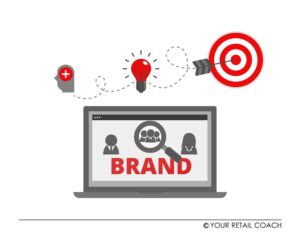
Nowadays, with high-quality products, private label products have made a good name for themselves among the national brand products. The reputation that the private brands have made led to an improving consumer brand loyalty. Consumers nowadays know where they’ll get the best quality products among the hustle of big brand companies.
Providing Market Stability
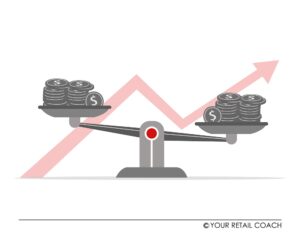
Thanks to the lower pricing points, the private label brands have overcome the fear of the market downturns that affect the big brands due to their pricing policy. In addition, the affordability and the quality of the private labels have made them stable to the mark that they enjoy steady sales. This reduces the chance of retailers freezing the orders in the downturns of the market.
Minimal Operating costs
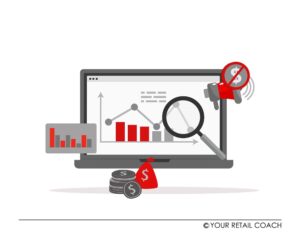
The high demand and low manufacturing cost of the private label items have made the brand strategy of the products easy by completely scraping off the advertisement stage for the marketing of the products to fly off the shelves. The retailers and the manufacturers both benefit from this approach.
Cutting branding cost
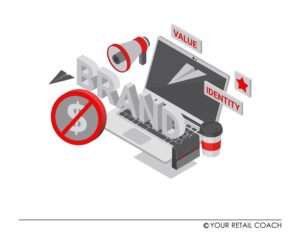
Everybody knows how expensive and time-consuming branding could be. Private Label Branding cuts the manufacturer’s cost for branding the products as the retailers do this work. The packaging, labelling, and branding cost are borne by the retailers who source the products from the manufacturers benefitting both the parties from the production cost and the advertisement cost respectively.
Brand value extraction
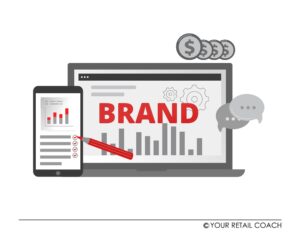
The sale of the product in such a concept depends on the brand value of the retailer itself. The demand for the product categories provided in the store by the retailers depends on the market strategies and the hidden strength of the brand. The manufacturer’s face and value don’t play a role in such a picture.
Direct chain to customers
With direct contact with the customers and also full control over the product, the retailers can get direct feedback from the customers which they can incorporate in the product and the branding. This reduces the load in the supply change leading to smooth communication with the end receiver.
Hidden monopoly
This process acts as a hidden monopoly for each retailer as he will have his own branded product in his store which will not be available at any other store. This indirectly leads to an increase in the sales of other products available at the store as well as creates a virtual monopoly of the store.
A lot of consumers have shifted to try new products in the market during the Covid-19 crisis, giving the private label brands a boost in the global market. This switching was, on the one hand, because of the availability issues and on the other hand, due to the sudden spikes in the demand. When asked by the consumers about this switch towards the private labels, the first and foremost reason was the pricing and secondly, the lack of availability of their choice of national products. For the retailers that set an example for bold aspirations and who easily overcome the capability gaps, private labels can soon take a boost in the market and become powerhouse brands.
How YRC can help you with its Private Label Brand Consulting services
Are you wondering about how to convert yours into a private label brand? Confused about the aspects and legal issues related to it? Then, YRC is there to help you with parameters related to private label brand consulting.
With years of experience, Your Retail Coach is a leading consultancy agency which deals with private labelling consulting services. We have a team of experts that can assist you in every step and guide you in the right direction. So Contact Your Retail Coach today if you are interested in Private Label Brand Consulting services.
Get Advice for Private Label Brand Consulting
Related Blogs
Retail Store Layout Strategy: What to Consider and How to Plan
Why Store Layout Matters in Retail The layout of a retail store carries several internal and external business implications. Layout is an important physical aspect of branding efforts. It creates an opportunity to create the desired atmosphere in stores thereby...
Reliance Gourmet Supermarket – “Freshpik” Case Study
The fifth-largest and preferred retail destination globally, the Indian retail industry is one of the fastest-growing segments in the world. India is experiencing unprecedented growth with retail development taking place not just in major cities and metros, but also...
How to Organize & Grow Supermarket / Hypermarket
Already running a supermarket store and wondering how to scale it further? Are you contemplating what should be your next steps to accomplish your vision to organize and manage multiple stores? If this is what you are looking for, then you are in the right place. Your...


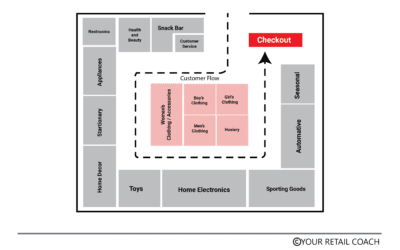
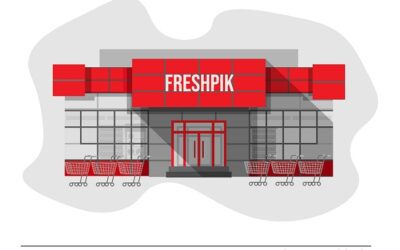
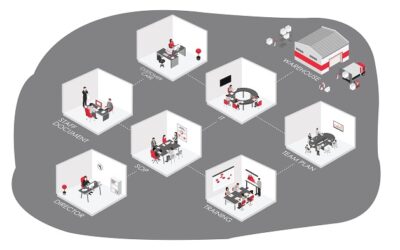
We work only for Visionaries.